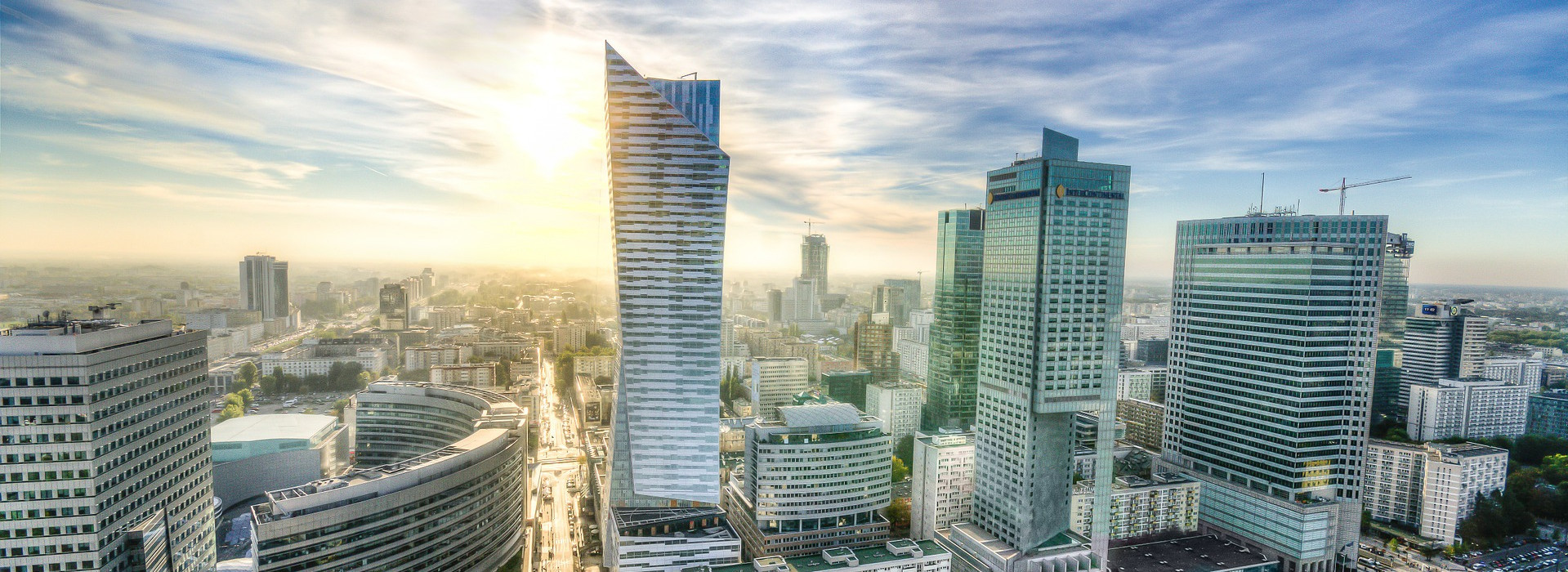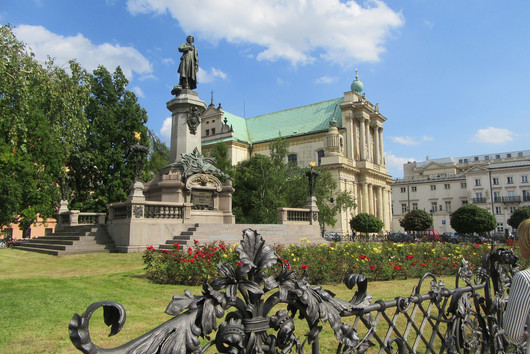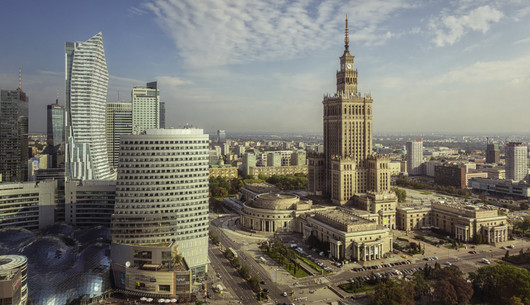
Protected by a mermaid who once swam in the Vistula and was rescued by a fisherman, Poland’s capital lies in the interior of the country between the Baltic Sea and the Carpathian Mountains. Warsaw is the biggest city in Poland by area and by population (1.7 million) and is its most important trading and commercial center. The reconstruction required after the Second World War became a veritable construction boom in the 1990s, making Warsaw today a magnificently restored old town and a modern city with an impressive skyline. Alongside the skyscrapers, the many churches and palaces, the parks and squares, the city's character is shaped by the memorials which recall the many historical events during which the city, region and inhabitants suffered. Warsaw has many local and long-distance transportation options. As well as Chopin Airport in the capital, Modlin Aiport 50 kilometers to the north-west is also important for the infrastructure of the metropolis. Long-distance trains and a widely used provision of long-distance coaches enhance individual transportation options and within the city the underground can be used to quickly travel longer distances.

The tourist “conquest” of Warsaw generally starts in Castle Square. From here you can either walk through the old town or on the so-called Royal Route and admire and visit former royal residences, churches and other historic buildings. The old town, which after its reconstruction was named a world heritage site by UNESCO, is of course also a popular meeting point where inhabitants and visitors alike meet up. There are many worthwhile attractions to visit, including the old town market where there is a replica of the mermaid statue created by Konstanty Hegel. Cafés and restaurants, souvenirs and Church of St. Anne invite you to stroll and linger, and in winter the Christmas market captivates visitors. Overall Warsaw is a city that should be visited in as many different seasons as possible to experience all its advantages, such as Łazienki-Park the largest park in the city with its “Swimming” Palace on an artificial island and fantastic winter illuminations.

Beach or zoo? Theater, cinema or museum? Warsaw’s cultural life grows with the city and caters for all tastes and preferences. Modern shopping centers, leisure and sports facilities are just as available as the extensive parks and areas for relaxation or for excursions with the whole family. For anyone who can't imagine a city without a river, then the River Vistula flowing through Warsaw is strongly recommended. Work is still continuing and will continue for a while on the Vistula Boulevard that people like to describe with a wink by its nickname of the “biggest construction site in Europe”. But it’s still worthwhile today to take a detour to stroll along the river promenade. The city is subdivided into 18 districts where construction work is also going on to create new residential areas. Warsaw is also investing heavily in its existing parks and new green spaces which together make up about 40% of the urban area.